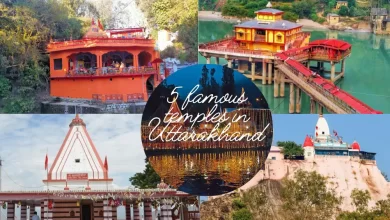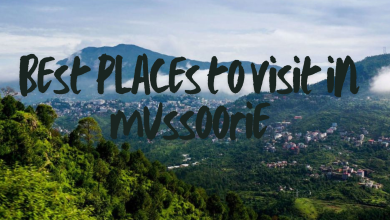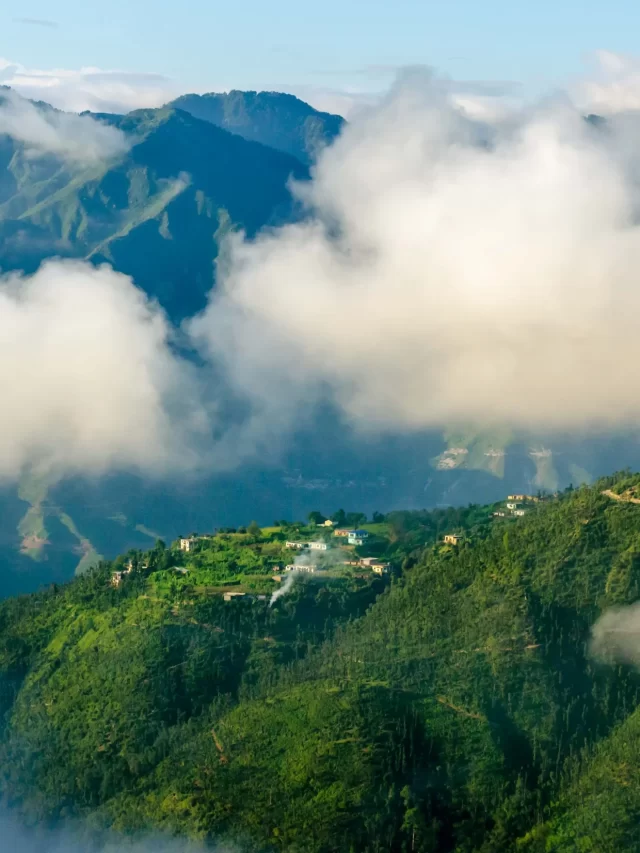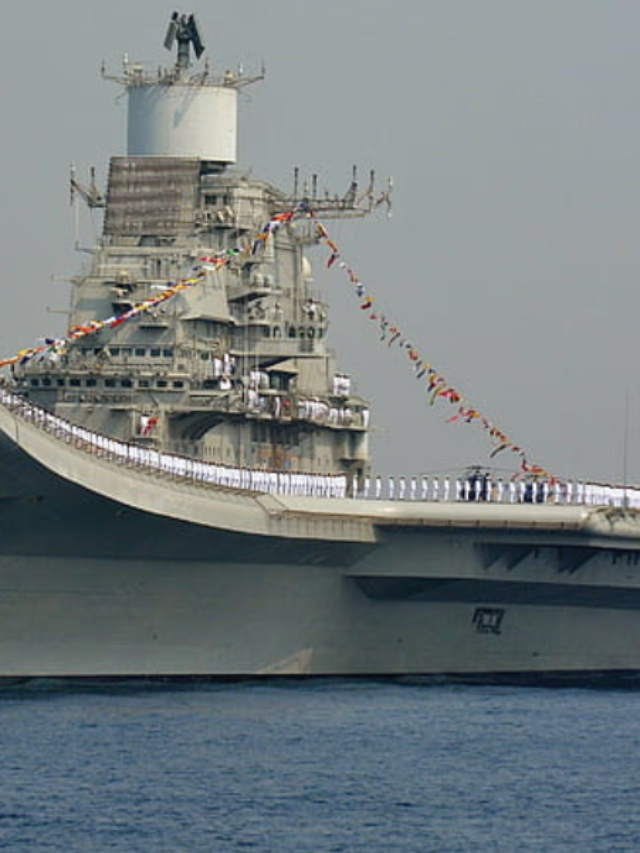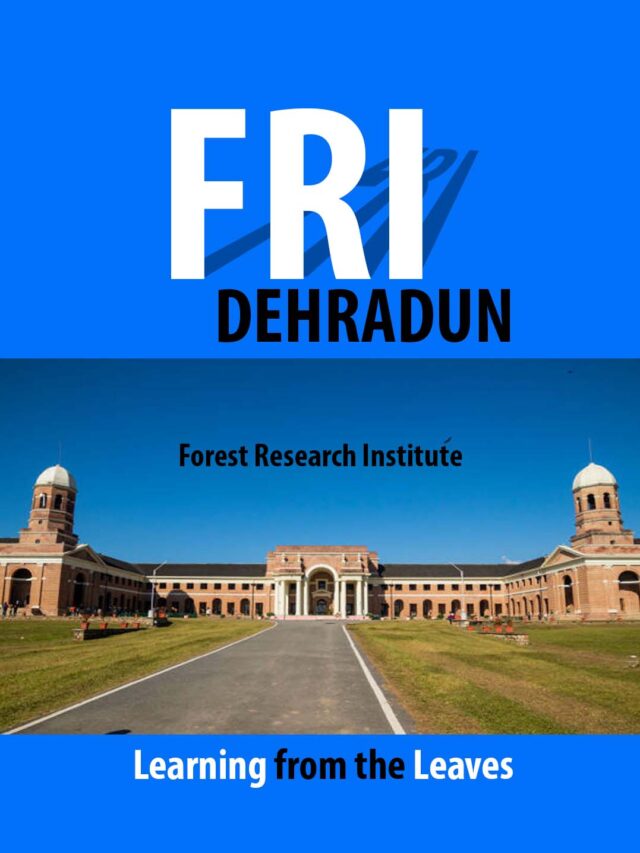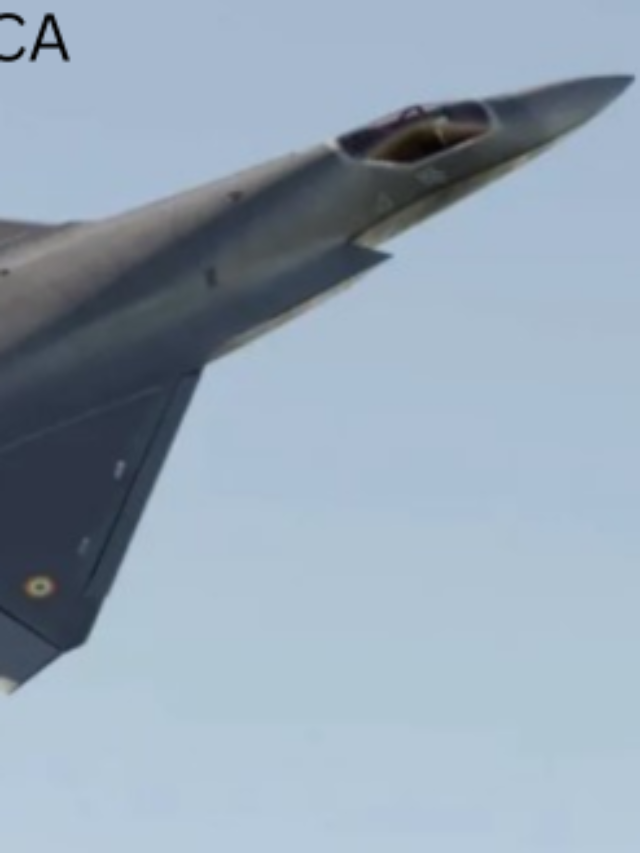
Mahasu Devta Temple (महासू देवता मंदिर) is situated on the eastern bank of Tons(Tamsa) River in the Hanol village of Uttarakhand, along the Tyuni-Mori route near Chakrata. It is part of the Dehradun district. Mahasu Devta Temple was Built in the 9th century and is dedicated to Mahasu Devta. The people who live in the vast mountainous interior between the Satluj and the Jamuna rivers are said to worship the Mahasu Devta Temple at Hanol as a sacred tirtha. Therefore, the cultic world of Mahasu is not limited to Jaunsar-Bawar; rather, it surpasses the boundaries of the adjacent regions of Shimla District, the Trans-Giri part of Sirmaur District in Himachal Pradesh, and the districts of Dehradun and Uttarkashi in Uttarakhand.
The four deities, Botha, Vasik, Pavasi, and Chalda, are together referred to as the Mahasu Devta. The fourth, or Chalda, continues to move constantly inside the Mahasu region, while the other three remain within the temples. Most people say that Mahasu Devta was originally from Kashmir and was brought to this region by a man named Huna Bhatt. Mahasu Devta Temple is listed among the ancient temples in the Dehradun region of Uttarakhand by the Archaeological Survey of India.
Table of Contents
History Of Mahasu Devta Temple
The centuries-long history of the Mahasu Devta Temple in Hanol, Uttarakhand, has connections with the local mythology, folklore, and cultural fabric. The temple honors Mahasu Devta, who is regarded as the region’s principal god, and the history of the building is reflection of the deeply ingrained religious and cultural customs of the community.
The four brothers are the quadruple version of Mahasu Devta. There are numerous myths about Mahasu. The most well-known of them is the story of the Mahasu brothers’ journey from Kashmir to the region they currently control. According to mythology, the Pandavas followed Krishna when he vanished at the end of the Dvapara Yuga. They cross the Tons River. The location’s beauty impressed Yudhishtra, who asked Vishwakarma to construct a temple there and spend nine days with Draupadi. After that, the location was referred to as Hanol, after Huna Bhatt.


Demons roamed over Uttarakhand at the beginning of the Kali Yuga, eating people and destroying communities. The biggest demon was Kirmir, who had eaten all seven of the sons of Huna Bhatt, a devout Brahmin. The Brahmin’s wife, Kirtaka, was the target of a demonic spell and a prayer to Lord Shiva asking him to keep her untainted. Kirmir was able to flee to her husband when Lord Shiva rendered her blind. After that, they prayed to Ashtbhuji Durga, also known as Hatkeshwari Devi of Hatkoti, who gave the pair advice to travel to the Kashmiri highlands and ask Lord Shiva for assistance. When they did, Lord Shiva granted their wish that all evil would soon vanish.
Huna Bhatt was instructed to return to his house, carry out specific rites, and worship the goddess. After yoking a pair of bullocks that had never been yoked before, the Shakti appeared from the earth with flames all around and instructed Huna Bhatt to plough a portion of his field every Sunday using a solid silver plough and a shoe made of pure gold.
The Mahasu brothers, accompanied by their ministers and the army, will emerge on the seventh Sunday to deliver the people from the clutches of the devil. Every brother was addressed with the same Mahasu affix (Char Mahasu). Their ministers and their heavenly mother Devladli Devi emerged from the fifth furrow. An army of countless numbers emerged from the field like mushrooms. When Huna Bhatt followed instructions, the Mahasu brothers slaughtered the demon’s entire army. Chalda Devta took Kirmir to a ravine on Mount Khanda. Even now, his sword marks are visible on the rock.
While the Mahasu brothers were away, demon Keshi took over the leadership of Hanol. Following Keshi’s departure, Chalda Devta and his warriors Shaidkulia, Kaolu, and others led the army to the Masmor mountains. After the demon was vanquished, Chalda Devta triumphantly went back to his heroes’ locations, visiting those he had designated. For the brothers to govern their different territories and protect themselves from the misfortunes of those who would worship them as gods and engage in jagara, he split the nation among them.

But the Mahasu brothers’ endeavor was hampered by error. Mahasu Devta had originally promised Huna Bhatt that they would show up on the seventh Sunday. The Mahasu brothers were injured by Huna Bhatt’s plough blade because they arrived a week earlier; he was in the field and was not aware of their unexpected arrival. Botha had a knee injury as a result and lost his ability to walk. The grass blade injured Vasik’s eye, impairing his vision. Pavasi had a tiny portion of his ear removed. The only ones not wounded were Chalda and Devladli Mata.
After that, Botha favored living inside his temple at Hanol, which was located on the right bank of the Tons River. Pavasi continued to roam his territory, spending years at Hanol, Lakhmandal, Authana, and Uttarkashi in succession. Being limber, Chalda was to exercise his authority over the whole kingdom under the Botha Mahasu moniker; for a full twelve years, he wandered among his subjects.
The Temple’s Architectural Features
One of the rarest examples of a flawless and harmonious fusion of stone and wooden structure to make one composite great architecture is the Mahasu Devta Temple at Hanol. The actual sanctuary is a pure stone shikhara built in the traditional Nagar manner. A beautifully curving Kalash pinnacle rests atop a two-tiered conical canopy that covers the entire timber construction with a steeply pitched slated pent roof. Hanging fringes and pendant corner bells that sway with even the smallest breeze adorn the roof ends and the balcony projection.
The ancient, stone-built sanctum sanctorum houses one bronze image and numerous mohras. Chalda Mahasu, the Mahasu who never stops moving, Devladli Devi, Mahasu Devta’s mother, Kapala Bir, one of Mahasu Devta’s four attendants, and Shedkuliya, the attendant who whistles, are arranged from left to right in the front row. Pavasi Devta, Kailu (a bir), and Natari (polyandrous wife of four Mahasu brothers) are behind them in the previous sequence. A little bronze picture, believed to be Botha Mahasu, sits in the center of all the face images.
All people other than the pujari are strictly prohibited from entering the sanctum. Every time he visits the heavenly realms, even he must do the ritual ablution; the temple’s traditional pujari is a Brahmin. During the duration of his deity as pujari, he is not allowed to eat meat, only eat once a day, and be close to no one.


Features That Set The Temple Apart
The two round rocks, each roughly one foot in diameter, are the most interesting features of the temple. The most enjoyable part is picking up and tossing these boulders onto your head and shoulder. It is said that these rocks can only be lifted by a person with a pure heart. Another distinctive feature of the shrine is the trophy hangings on the walls. Teams of local gods compete in matches. The trophy is given out after a victory and is displayed on the walls within.
Many goats are seen wandering about the property. It is said that Mahasu Devta grants wishes made at this temple, but only if a specific quantity of goats is brought to the shrine in order for the wish to be granted. The goats are allowed to wander the grounds after the prayers.

Festivals and Fairs
Shaant Festival
At Hanol, Botha Mahasu’s major seat, there was a Shaant celebration. There are three primary kinds of ceremonies: singhaan shau (one head of lon or at least a representation of a cat), munda shau (one hundred heads of animals sacrificed), and khura shau (one hundred legs of animals sacrificed). At Hanol, this festival was celebrated in May 2004. The minimum number of goats that can be sacrificed is twenty-five, and doing so is essential.
After a few years, in the habitats where the custom of holding such ceremonies has been carried on since the past, khura shau ceremonies—locally known as shaant festivals—are celebrated. Compared to Khura Shau, Munda Shau, the second kind of Shaant event, is more challenging to organize because it involves 100 animal skulls. About a century later, the Shaant festival was organized at Hanol in the Jaunsar-Bawar area of Uttarakhand. At the Shaant festival, about 52 Gram Devtas, or village gods, were present.
Eleven pandits performed puja in the temple for five days during the ritual, according to Pandit Devi Ram of Maneoti, tehsil chopal, who was one of the pandits performing puja throughout the occasion. He states that all of the participating deities and their vazirs, with the exception of Shedkulia of Fateh Parvat in Uttarakhand, agreed to end the sacrifice customs in their temples. The decision to discontinue the custom of offering goats to the deities was made at the ritual. Two additional significant decisions were made at the ceremony: to permit women to enter the temple, and to discontinue the custom of offering animal sacrifices to local deities.

Mahasu Devta fair
The Mahasu Devta fair takes place in August each year. For the local tribe, it is the most significant religious fair. In essence, the Jaunsari tribe celebrates Mahasu Devta festival at Hanol, and members of other communities join them. The unity of cultures among the villages is portrayed by this fair. Within the temple is an idol of the deity Chalda Mahasu. This deity is paraded throughout the fairgrounds. Both sides are lined with large spectators.
For three days and nights, the prayers are continued. Folk dances and music are generally performed by locals and residents of neighboring villages to accompany them. Participating in this event are musicians and folk dancers from Dehradun and surrounding districts. The Indian government provides the supplies for performing rituals (such as havan, etc.). The bulk of attendees at the Hanol Mahasu Devta fair are locals from the surrounding districts of Uttarkashi, Tehri, Sirmour, Shimla, Kullu, etc.
How To Reach Mahasu Devta Temple, Hanol
From Dehradun: Dehradun is a major city in Uttarakhand and serves as a common starting point for journeys to various parts of the state. To reach Hanol from Dehradun, you can take a road trip. The distance is approximately 180 kilometers, and the journey takes around 7-8 hours, depending on the road conditions and traffic. The route typically involves passing through Mussoorie, Yamunotri, and Barkot before reaching Hanol.
From Delhi: If you are traveling from Delhi, you can take a bus or hire a taxi to reach Hanol. The distance from Delhi to Hanol is around 450 kilometers, and the journey can take approximately 12-14 hours. The route usually goes through Dehradun, Mussoorie, Yamunotri, and Barkot.
By Air: The Jolly Grant Airport in Dehradun is the closest airport to Hanol. You can take a bus or rent a taxi to get to Hanol from the airport. There are flights from Delhi and other major airports to the airport, which has good connections to India’s major cities.
By Train: The Dehradun Railway Station is the closest train station to Hanol. To get to Hanol, you can take a bus or hire a taxi from the train station. Dehradun is well-connected by train services to various parts of India.
Local Transportation: Once you reach Hanol, the village itself is small, and you can explore it on foot. If you plan to visit nearby attractions or temples, you may need to hire a local taxi or use public transportation.
Important Tips:
Weather: Before making travel plans, check the forecast, particularly if you’ll be traveling in the winter when snowfall may disrupt some mountain roads.
Road Conditions: The topography of Uttarakhand is varied, and certain roads may be curvy or small. Make sure you are used to driving across mountains.
Accommodations: The affordable and comfortable lodging choice in Hanol is the Garhwal Mandal Vikas Nigam guest home, which is currently operated under PPP style with BIVA Catering. It includes a dorm and six rooms. There is accommodation provided on the temple grounds as well.
Local Advice: Consult locals for advice on routes and transport alternatives, or use GPS navigation services if you’re not sure what to do.
Also Read- Panch Kedar of Uttarakhand
FAQs-
1. Which God is Mahasu Devta?
The four deities, Botha, Vasik, Pavasi, and Chalda, are together referred to as the Mahasu Devta.
2. How far is Hanol from Dehradun?
Hanol is approximately 180 Kms from Dehradun, 220 Kms from Rishikesh, 148 Kms from Mussoorie and 90 Kms from Chakrata.
3. What is the history of Mahasu Devta Temple?
The centuries-long history of the Mahasu Devta Temple in Hanol, Uttarakhand, has connections with the local mythology, folklore, and cultural fabric. The temple was built in 9th century and honors Mahasu Devta, who is regarded as the region’s principal god.
4. Who built Mahasu Devta Temple?
According to mythology, the Pandavas followed Krishna when he vanished at the end of the Dvapara Yuga. They cross the Tons River. The location’s beauty impressed Yudhishtra, who asked Vishwakarma to construct a temple there and spend nine days with Draupadi. After that, the location was referred to as Hanol, after Huna Bhatt.


